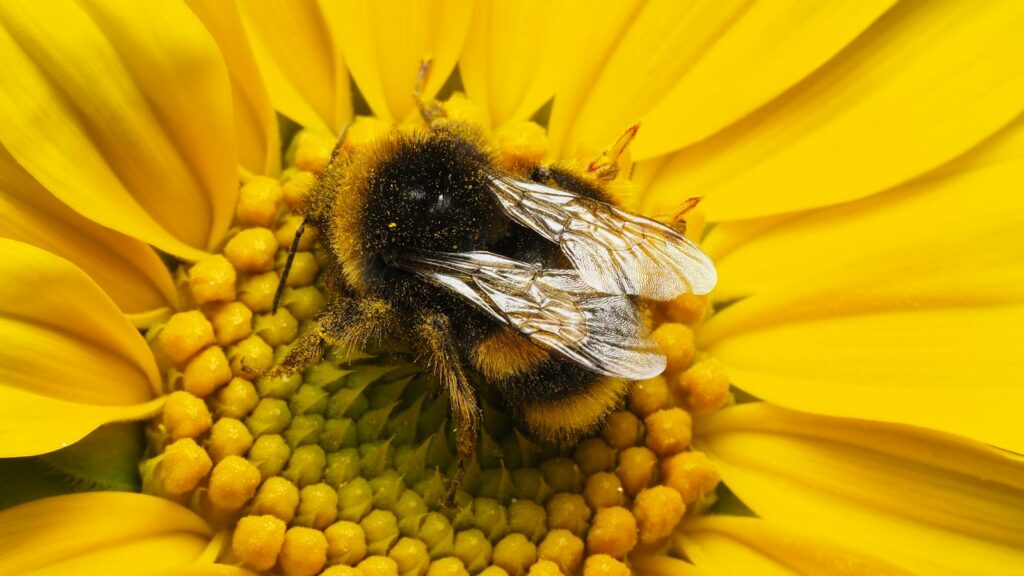Picture this: a tiny bee, no bigger than your thumbnail, sits before what looks like a miniature arcade game. The fuzzy little creature pushes a ball with its legs, rolls it across a platform, and drops it into a hole to receive a sweet reward. This isn’t science fiction or a fever dream – it’s real footage that shocked the scientific world in 2017 when researchers at Queen Mary University of London captured bumblebees doing exactly that.
The implications of this discovery sent ripples through the scientific community. For decades, we’ve underestimated the cognitive abilities of insects, dismissing their behaviors as purely instinctual. But here was undeniable proof that these tiny creatures could learn, problem-solve, and even innovate in ways that challenged our understanding of animal intelligence.
The Groundbreaking Experiment That Changed Everything
Dr. Olli Loukola and his team at Queen Mary University didn’t set out to revolutionize our understanding of bee intelligence. They were simply curious about how far insect cognition could stretch. The experiment they designed was deceptively simple: bees had to move a ball to the center of a platform to receive a sugar water reward.
The setup looked like a tiny soccer field, complete with a goal area marked by a circle in the center. The bees had to push or pull a ball into this target zone to trigger the release of their sweet prize. What made this experiment truly remarkable wasn’t just that the bees could do it – it was how they learned to do it.
The researchers used three different training methods to teach the bees this new skill. Some bees learned by watching a “ghost ball” move automatically to the center. Others observed a bee that had already mastered the task. The third group learned through trial and error, discovering the solution independently.
Why This Puzzle Was So Mind-Blowing
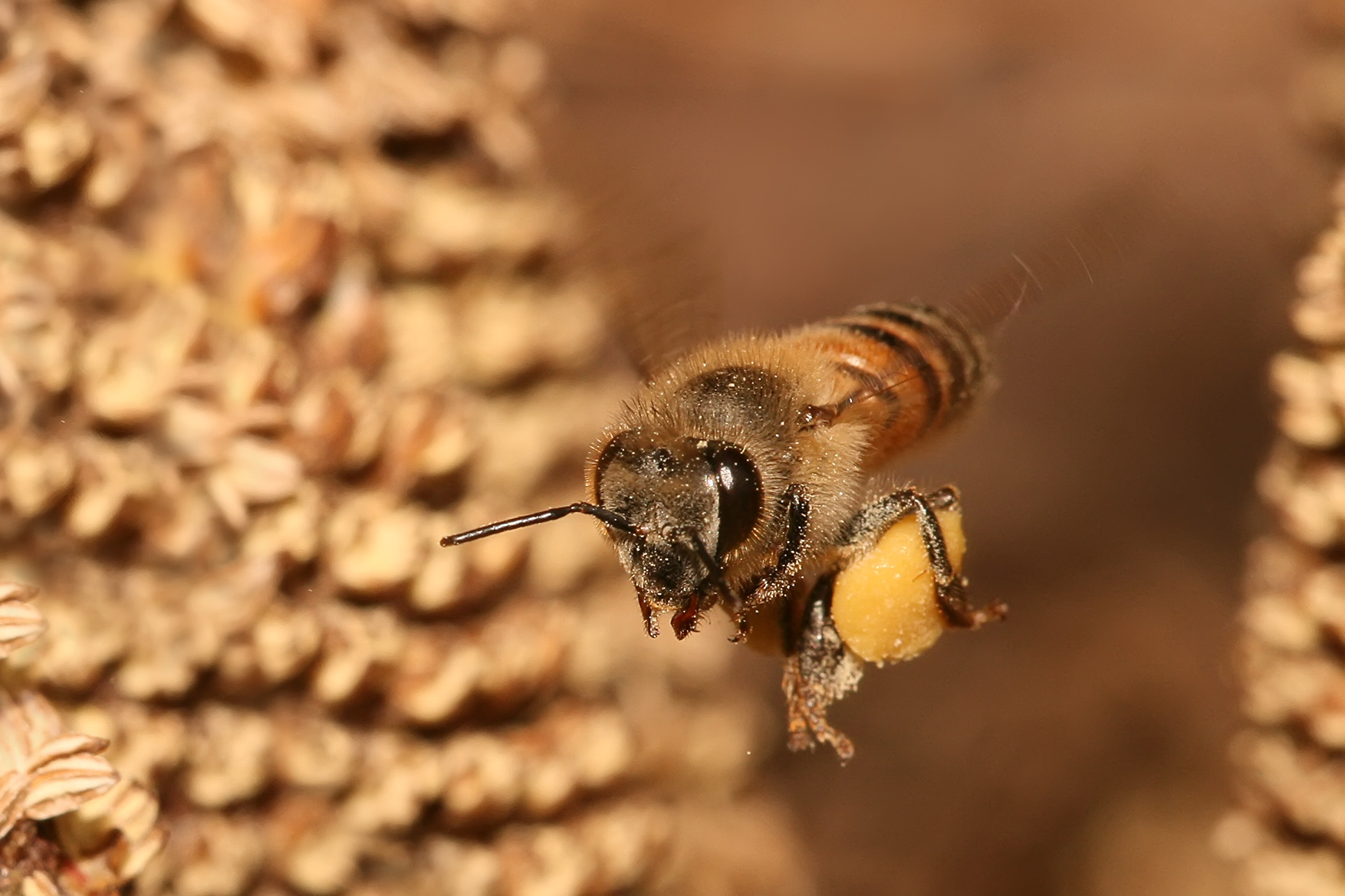
Moving a ball to score a goal isn’t something bees encounter in nature. Unlike foraging for nectar or building honeycomb, this task had no evolutionary precedent. The bees had to understand cause and effect, spatial relationships, and tool use – all while manipulating an object that served no natural purpose.
Think about it this way: imagine aliens landing on Earth and teaching humans to play a game that involves manipulating objects with our noses to earn chocolate. The concept would be completely foreign to us, yet we’d need to grasp the rules, develop technique, and remember the sequence of actions. This is essentially what the bees accomplished.
The fact that different bees developed slightly different techniques for moving the ball proved they weren’t just following a rigid behavioral program. Some pushed with their heads, others used their legs, and a few even tried pulling the ball backward. This flexibility in approach demonstrated genuine problem-solving ability rather than mere imitation.
The Learning Process: From Confusion to Mastery
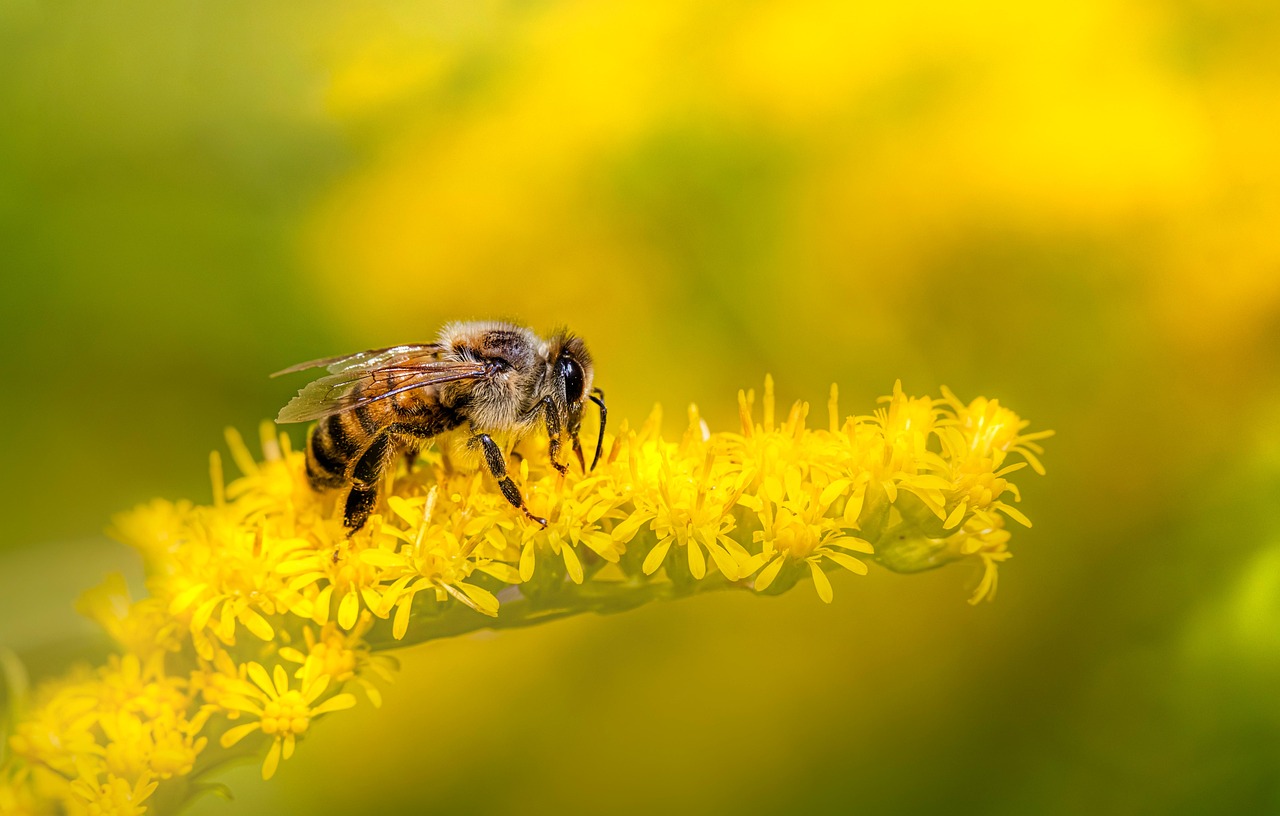
Watching the bees learn this skill was like observing tiny students in a classroom. Initially, most bees showed confusion, buzzing around the platform without understanding what was expected. They’d land on the ball, walk over it, or completely ignore it while searching for the usual floral cues.
The breakthrough moments were remarkable to witness. A bee would accidentally bump the ball while exploring, notice it moved, and then deliberately push it again. You could almost see the lightbulb moment when the connection clicked. The ball movement led to reward, and the bee’s behavior shifted from random exploration to purposeful action.
Training times varied dramatically between individual bees. Some mastered the task in just a few attempts, while others needed dozens of trials. The fastest learners typically belonged to the group that watched an experienced bee demonstrate the technique. This suggested that bees could learn through observation – a cognitive ability once thought to be limited to higher mammals.
Social Learning: Bees Teaching Bees
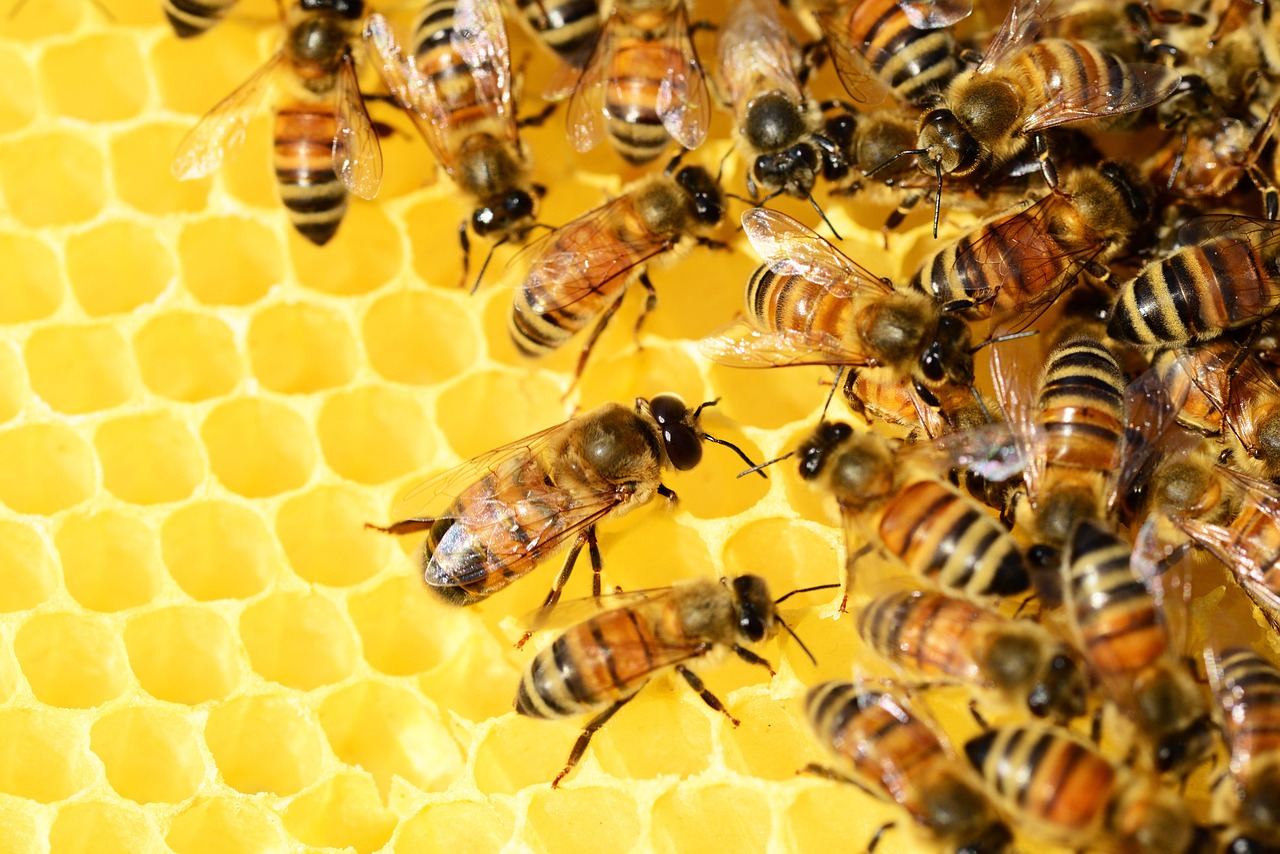
Perhaps the most astonishing aspect of this research was discovering that bees could teach each other. When a trained bee demonstrated the ball-rolling technique to naive bees, the observers picked up the skill faster than those learning through trial and error. This wasn’t simple mimicry – it was genuine social learning.
The teaching process looked surprisingly deliberate. Experienced bees would approach the ball confidently, perform the task with obvious purpose, and collect their reward. Observer bees would hover nearby, their antennae twitching as they processed the visual information. Within a few demonstrations, many observer bees attempted the task themselves.
What’s more, the bees didn’t just copy the exact movements they observed. They adapted the technique to their own physical capabilities and preferences. Some modified the pushing angle, others changed their grip on the ball, and a few developed entirely new approaches that were more efficient than the original demonstration.
The Neuroscience Behind Tiny Brains
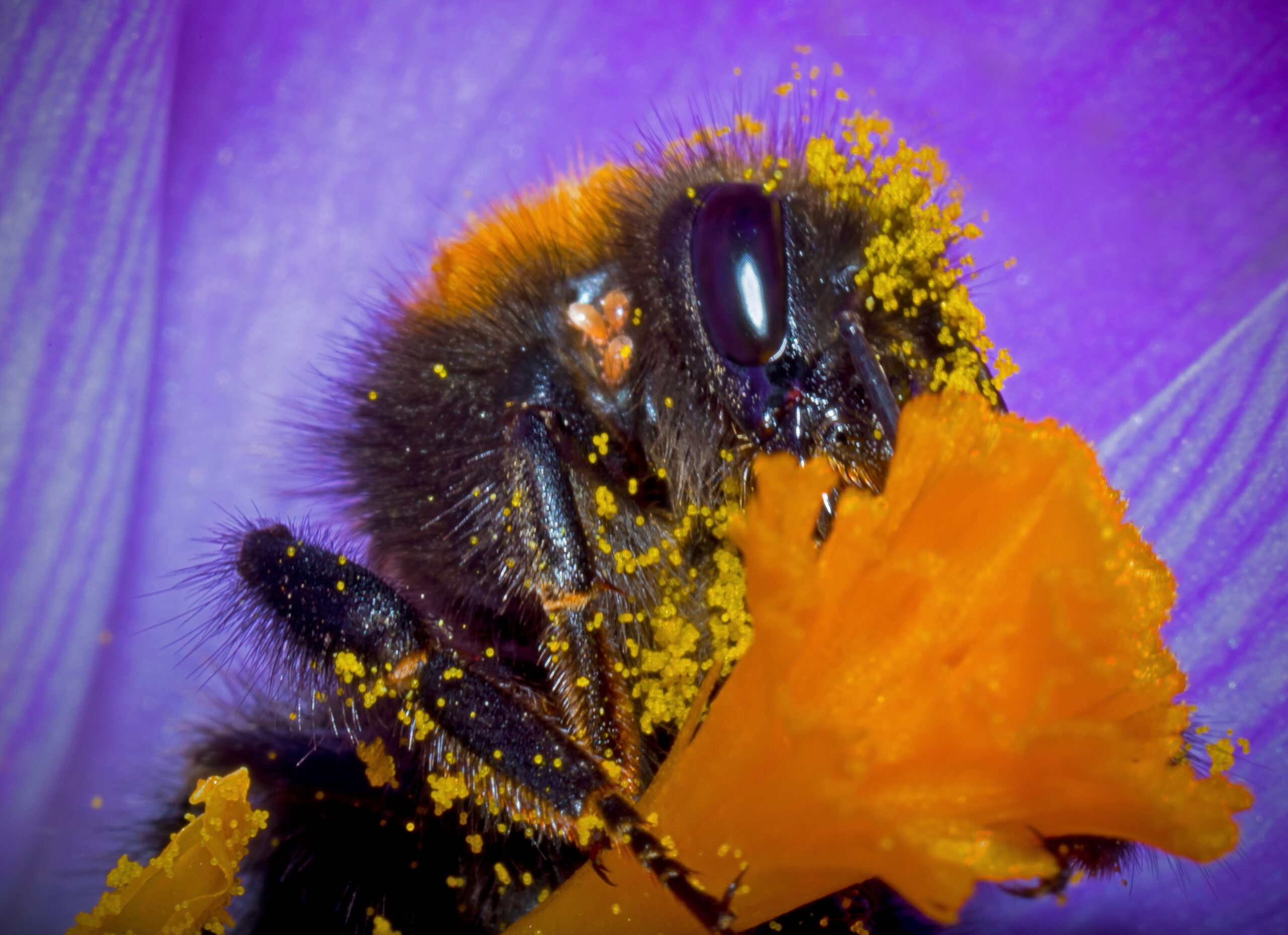
A bumblebee’s brain contains roughly one million neurons – about the same number as a sea slug and infinitely smaller than a human brain’s 86 billion neurons. Yet these tiny neural networks proved capable of remarkable computational feats. The question that fascinated researchers was: how does such a small brain accomplish such complex tasks?
The answer lies in the incredible efficiency of insect neural architecture. Unlike mammalian brains, which have redundant pathways and extensive white matter, bee brains are stripped down to essential circuits. Every neuron serves a purpose, and the connections between them are optimized for rapid information processing.
Recent studies using advanced imaging techniques have revealed that learning the ball-rolling task created new neural pathways in the bees’ brains. These microscopic changes could be observed and measured, providing direct evidence of neuroplasticity in insects. The discovery that such small brains could physically reorganize themselves in response to learning challenged long-held assumptions about the minimum neural requirements for complex cognition.
Tool Use: Redefining Intelligence

For decades, tool use was considered a hallmark of advanced intelligence, primarily observed in humans, great apes, and a few bird species. The ball-rolling bees shattered this exclusive club. By manipulating the ball as a tool to achieve their goal, these insects demonstrated a cognitive ability that scientists had reserved for much larger-brained animals.
The bees’ relationship with the ball went beyond simple object manipulation. They had to understand that the ball was separate from themselves, that it could be moved, and that its movement served a specific purpose. This level of object awareness requires what psychologists call “theory of mind” – the ability to understand that objects exist independently and can be manipulated to achieve goals.
Some bees even showed innovation in their tool use. When researchers introduced multiple balls of different sizes, the bees quickly learned to choose the ball that was easiest to move. They demonstrated preference learning, selecting tools based on efficiency rather than familiarity. This adaptive behavior suggested they understood the relationship between tool properties and task success.
Memory and Skill Retention
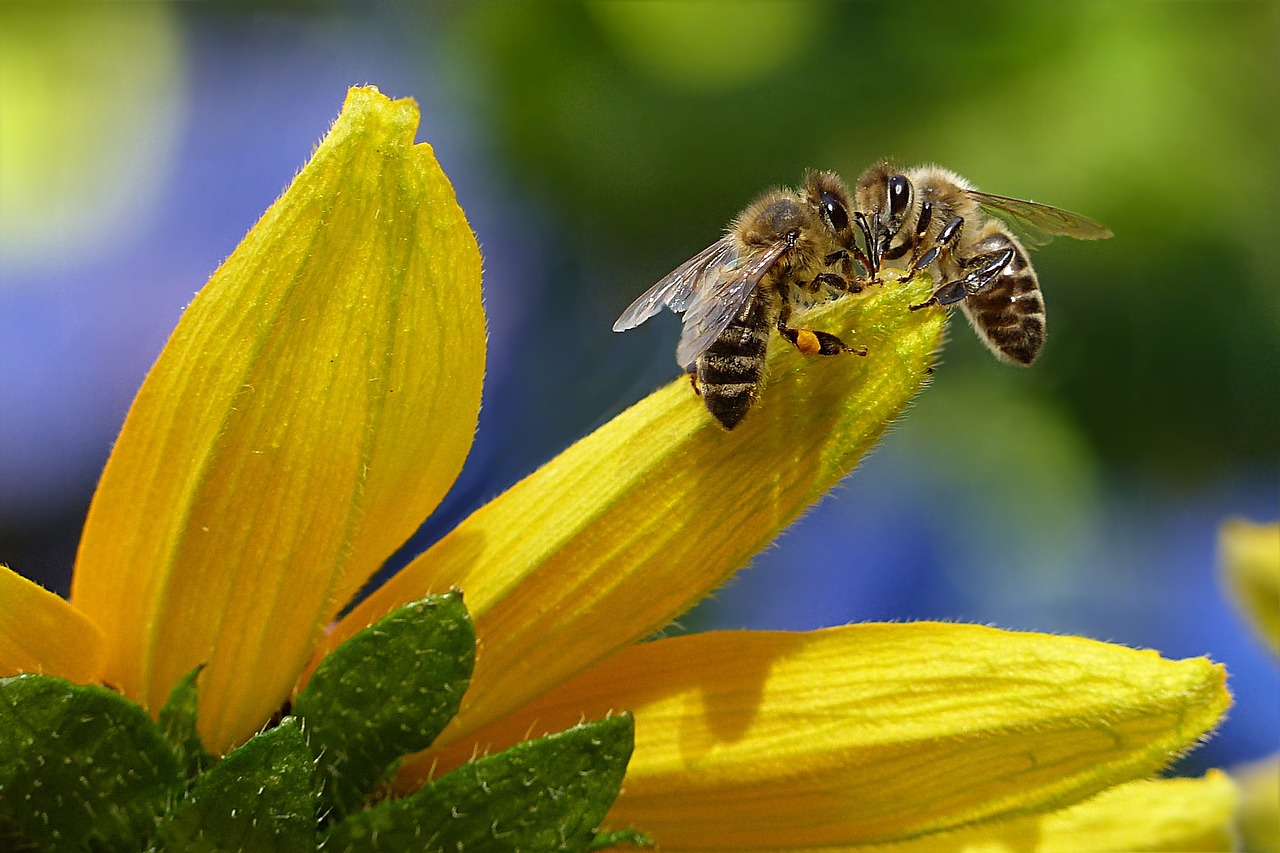
The researchers wanted to know if bees could remember their newfound skill after a break from practice. After learning the ball-rolling task, bees were kept away from the experimental setup for several days. When they returned, would they remember how to play the game?
The results were remarkable. Bees retained their ball-rolling abilities for at least a week, and some showed improvement after the break. This suggested that memory consolidation – the process of strengthening learned behaviors – was occurring during their time away from the task. Their tiny brains were actually rehearsing and refining the skill during downtime.
Even more impressive was the bees’ ability to transfer their learning to new situations. When researchers changed the platform layout or introduced obstacles, the trained bees adapted quickly. They could apply their learned principle – move the ball to the center – to modified environments that they had never encountered before.
The Puzzle of Motivation
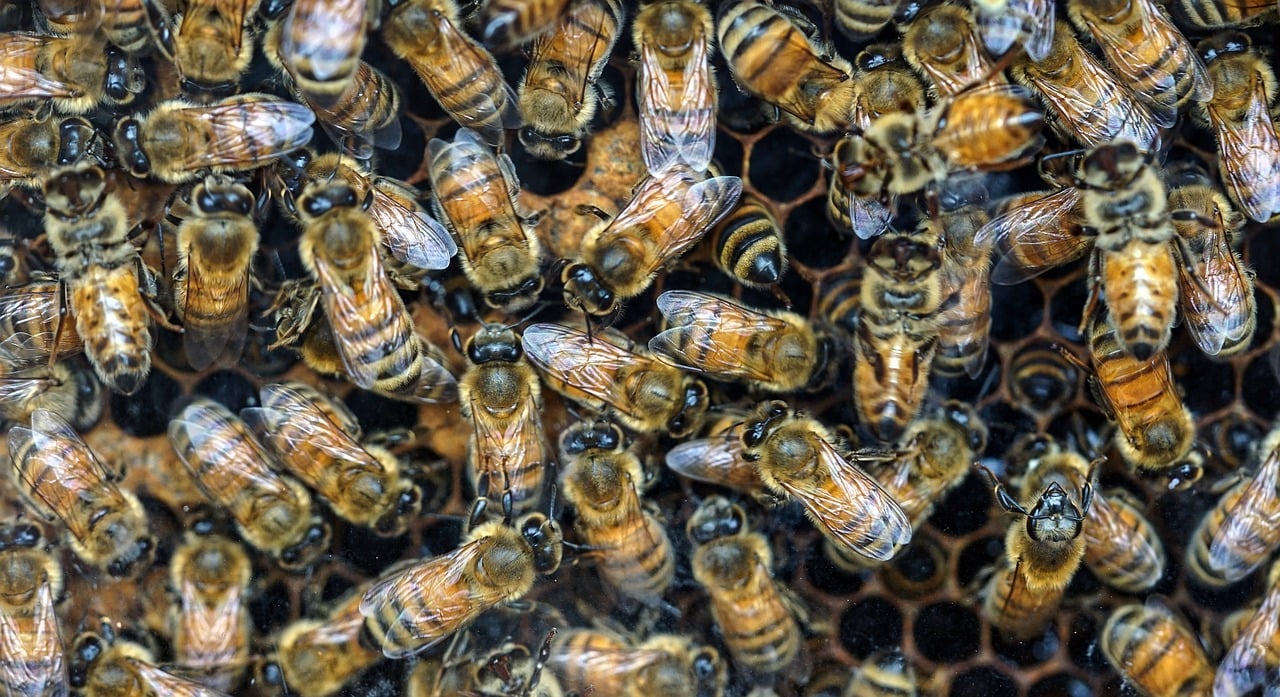
Sugar water is undeniably attractive to bees, but the researchers wondered if the reward alone explained their persistence with such an unnatural task. Observations revealed that some bees seemed to enjoy the puzzle-solving process itself. They would continue manipulating the ball even after receiving their reward, suggesting intrinsic motivation beyond simple hunger.
This behavior paralleled what scientists observe in highly intelligent animals like dolphins and primates, who often engage in play-like activities that serve no obvious survival purpose. The possibility that bees might experience something akin to enjoyment or satisfaction from problem-solving added another layer to the cognitive complexity story.
The motivational aspect became even more intriguing when researchers introduced competitive elements. Bees who observed others successfully completing the task showed increased determination to master it themselves. This suggested that social dynamics and possibly even a form of status-seeking behavior influenced their learning process.
Individual Differences: Personality in Bees
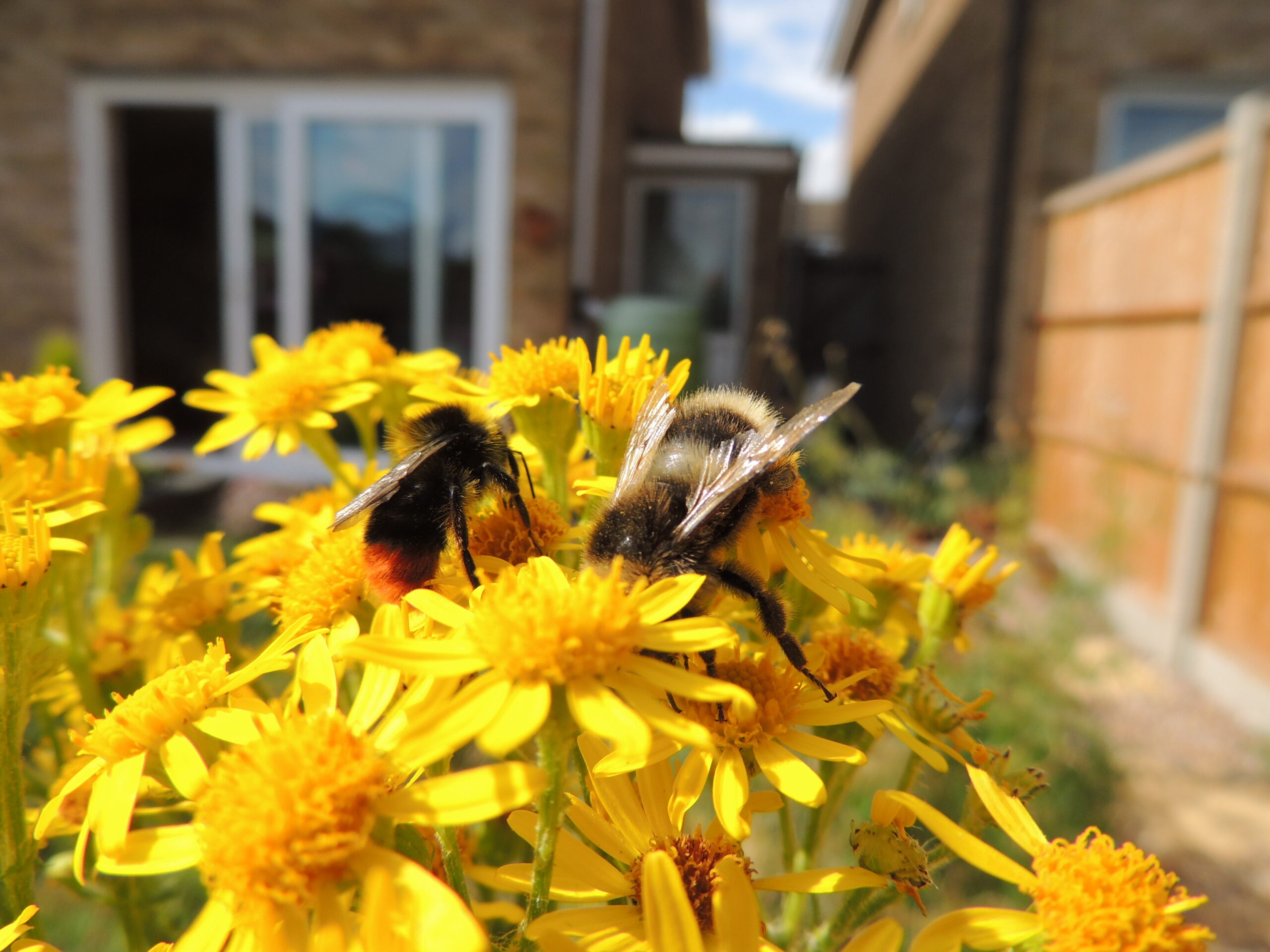
Not all bees approached the ball-rolling challenge with equal enthusiasm or skill. The researchers identified distinct personality types among their subjects. Some bees were bold explorers, immediately investigating the ball and experimenting with different approaches. Others were cautious observers, watching from a distance before attempting the task.
The most successful learners tended to be moderately bold – curious enough to engage with the novel object but careful enough to pay attention to cause-and-effect relationships. Extremely timid bees often failed to engage with the ball at all, while overly aggressive bees sometimes became frustrated and abandoned the task when immediate success didn’t follow.
These personality differences had lasting effects on learning outcomes. Bold bees learned faster initially but sometimes developed inefficient techniques that were hard to modify. Cautious bees took longer to start but often developed more refined, efficient methods. The diversity in approaches suggested that bee populations might benefit from cognitive diversity, much like human societies.
Implications for Understanding Animal Intelligence
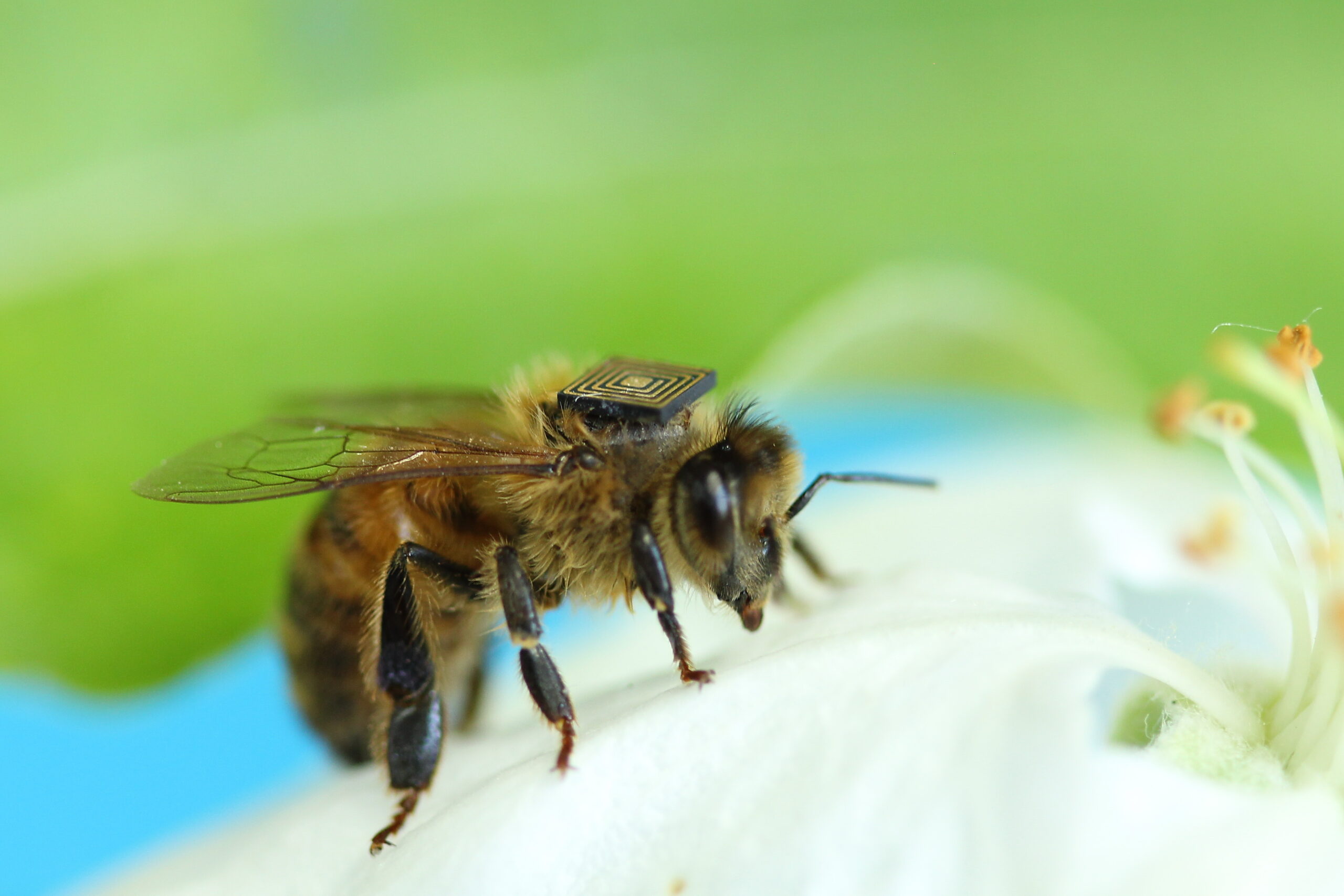
The ball-rolling bees forced scientists to reconsider fundamental assumptions about intelligence, consciousness, and cognitive complexity. If insects could demonstrate such sophisticated problem-solving abilities, what did this mean for our understanding of animal minds in general?
The discovery sparked a broader reevaluation of invertebrate cognition. Researchers began designing new experiments to test cognitive abilities in spiders, octopuses, and other invertebrates. The results consistently showed that complex behavior and learning weren’t limited to vertebrates with large brains.
This cognitive revolution has practical implications for conservation efforts. If insects possess rich inner lives and sophisticated cognitive abilities, their welfare becomes a more pressing concern. The mass decline in bee populations worldwide takes on new urgency when viewed through the lens of cognitive complexity and individual worth.
The Evolutionary Puzzle
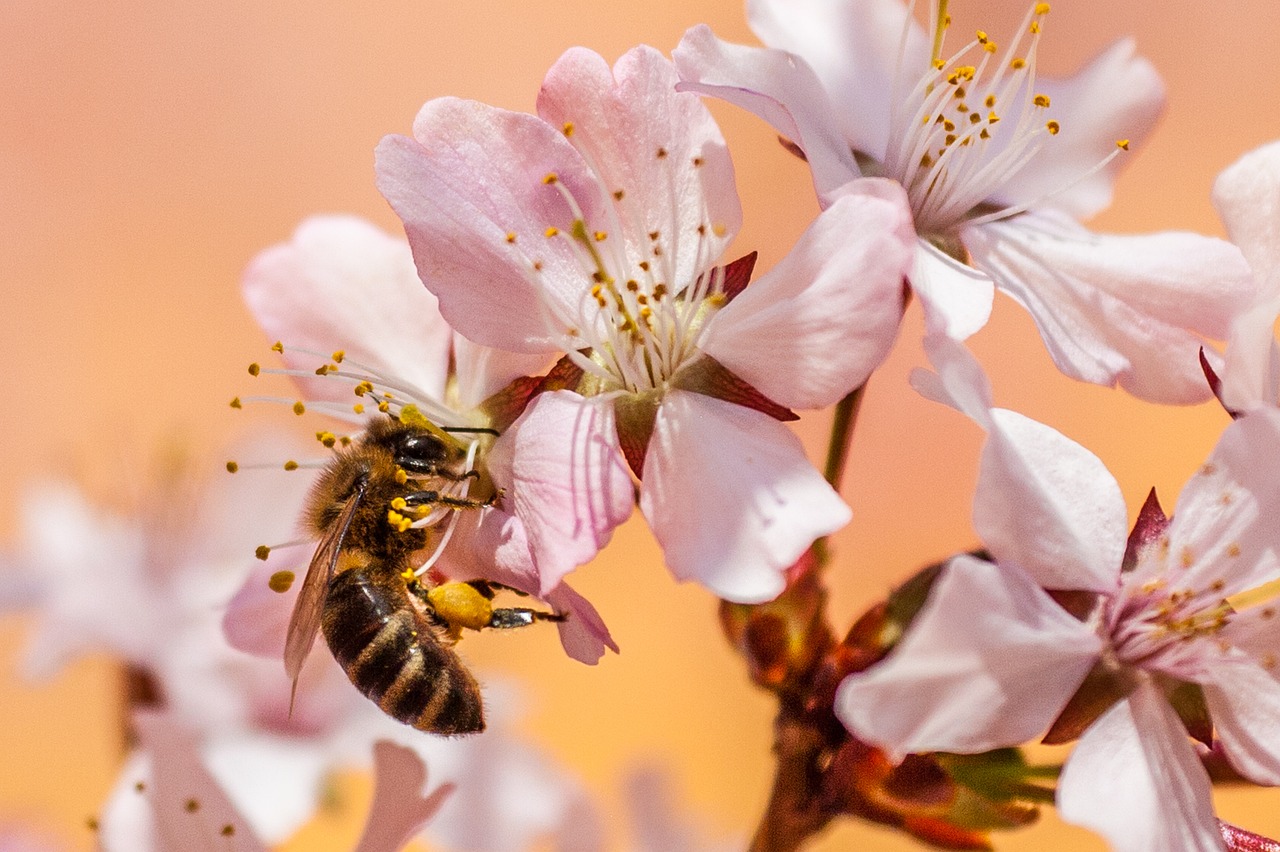
The cognitive abilities demonstrated by the ball-rolling bees raised fascinating questions about evolution and natural selection. Why would such small creatures evolve such sophisticated brains? The metabolic cost of maintaining neural tissue is enormous for tiny insects, so these abilities must serve important survival functions.
The answer likely lies in the complex social and environmental challenges that bees face daily. They must navigate vast territories, remember the locations of hundreds of flowers, communicate complex information to their sisters, and adapt to changing seasonal conditions. These natural challenges may have selected for the same cognitive flexibility that allowed them to master the artificial ball-rolling task.
The evolution of bee intelligence also highlights the importance of environmental complexity in driving cognitive development. Bees that forage in diverse, changing environments show greater cognitive flexibility than those in simpler habitats. This suggests that cognitive abilities evolved as adaptations to environmental challenges rather than as byproducts of brain size.
Technology and Future Research
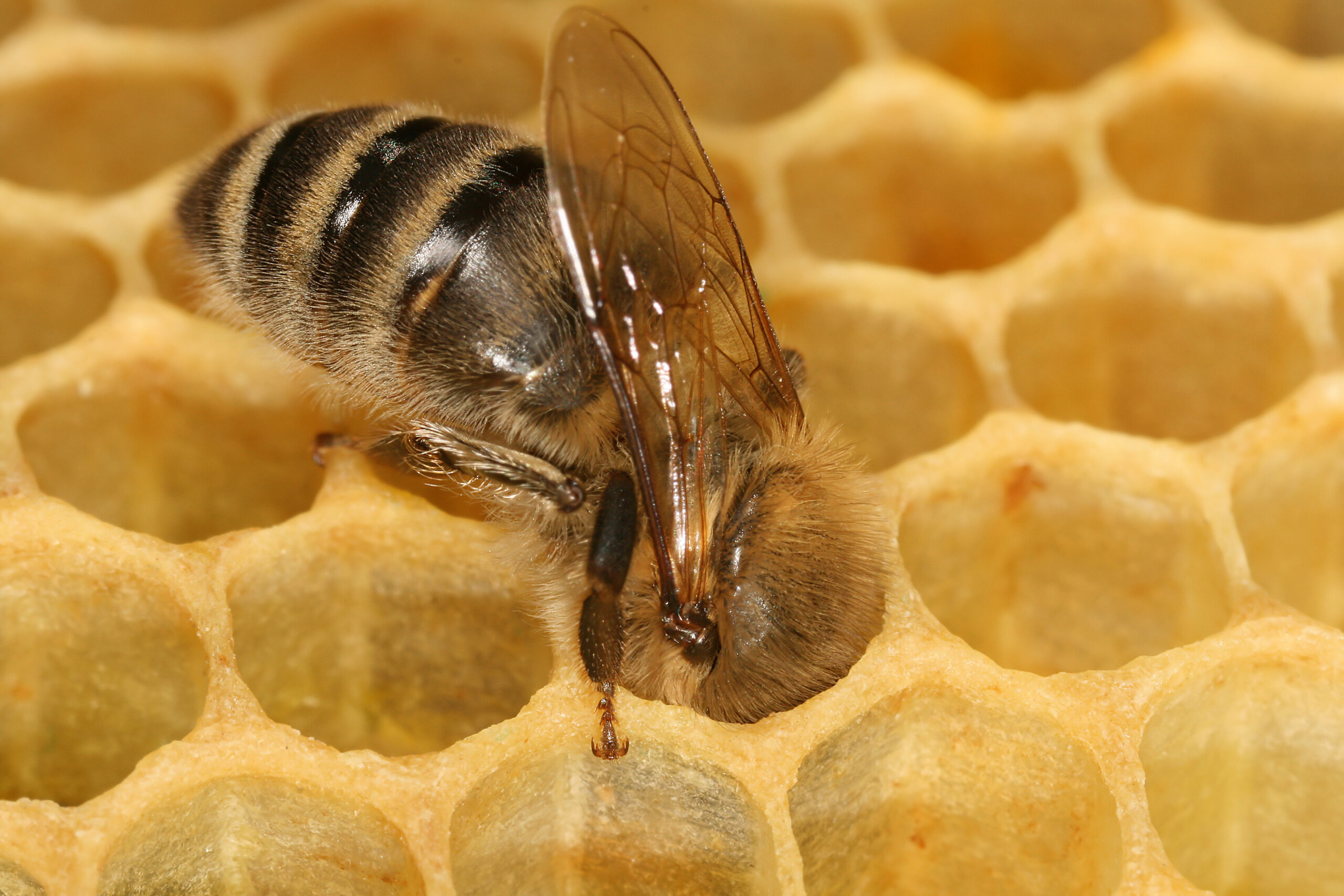
The ball-rolling experiment opened new avenues for technological innovation. Engineers are now studying bee cognition to develop more efficient artificial intelligence systems. The bees’ ability to learn complex tasks with minimal neural hardware offers insights for creating energy-efficient AI that could operate in resource-constrained environments.
Virtual reality systems are being developed to test bee cognition in controlled environments. These technologies allow researchers to manipulate visual and spatial cues with unprecedented precision, revealing how bees process and respond to complex environmental information. The insights gained are informing both our understanding of natural cognition and the development of bio-inspired technologies.
Future research directions include investigating whether bees can learn even more complex tasks, such as multi-step problems or abstract reasoning challenges. Scientists are also exploring whether other insects possess similar cognitive abilities and how these skills develop over an individual bee’s lifetime.
The Broader Impact on Science
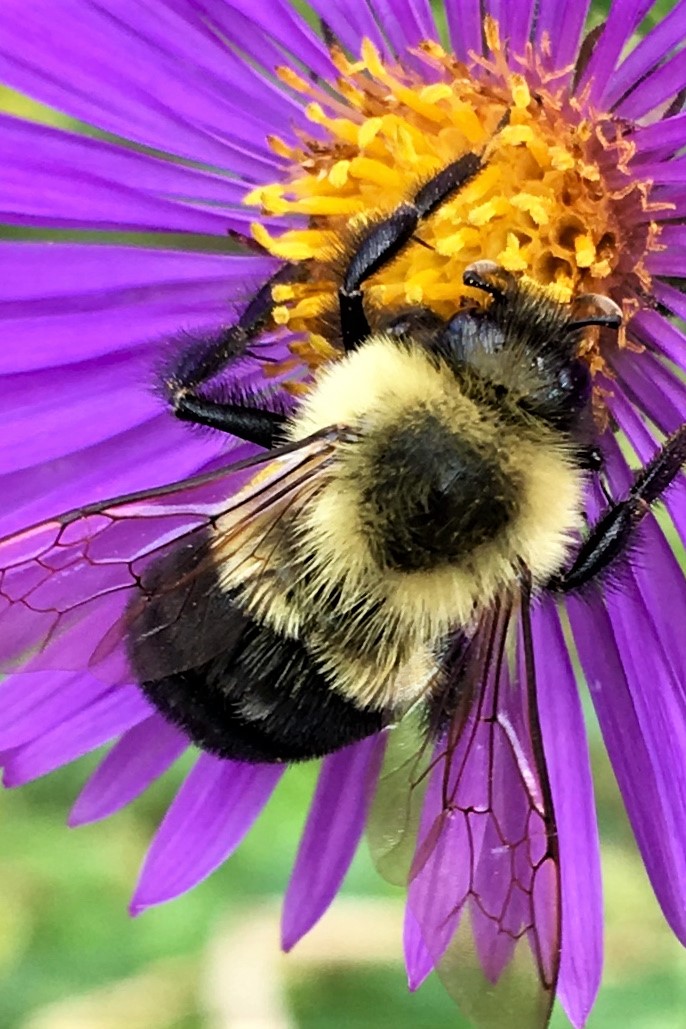
The humble bumblebee’s puzzle-solving prowess has implications far beyond entomology. It challenges our anthropocentric view of intelligence and forces us to consider consciousness and cognitive complexity in entirely new ways. The discovery that such small brains can accomplish such remarkable feats suggests that intelligence might be more widely distributed in the animal kingdom than previously imagined.
This research has influenced fields ranging from philosophy to robotics. Philosophers are grappling with questions about consciousness and subjective experience in insects. Roboticists are developing swarm intelligence systems inspired by bee cognition. Even educators are incorporating these findings into curricula to help students understand the diversity of life and intelligence on Earth.
The bees’ achievement also serves as a humbling reminder of how much we still don’t know about the natural world. Every time we assume we understand the limits of animal cognition, nature surprises us with new evidence of complexity and sophistication in unexpected places.
Conservation Through Cognitive Appreciation
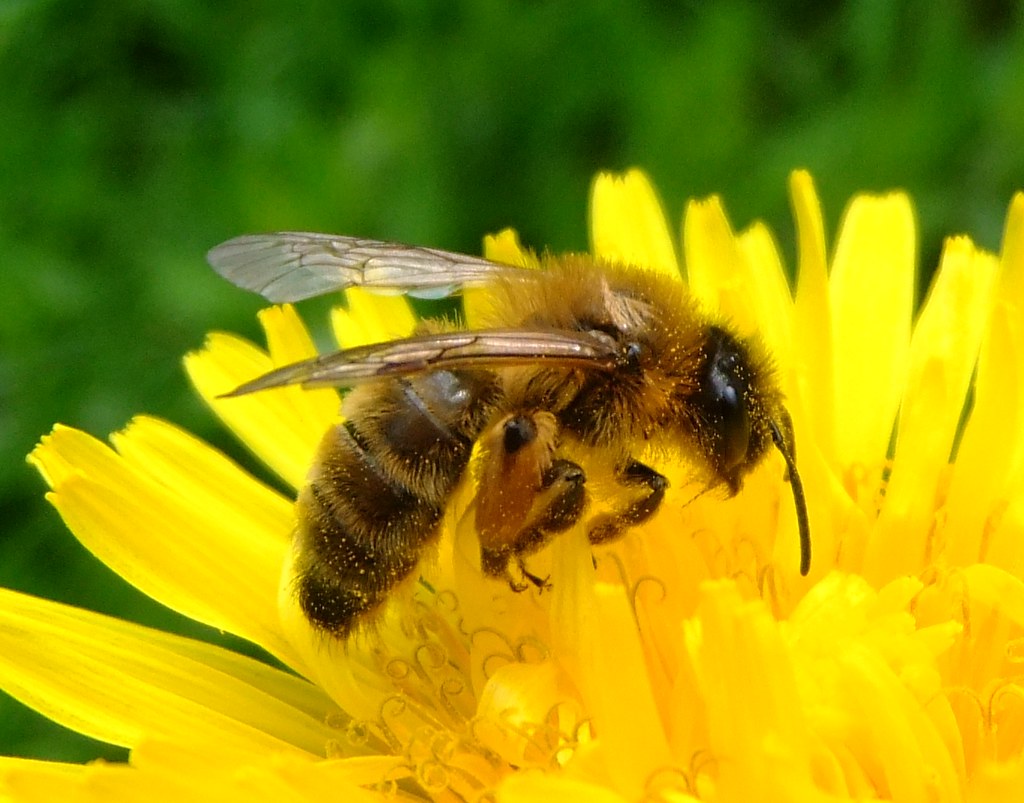
Understanding bee intelligence has profound implications for conservation efforts. When we recognize that bees are not just ecological service providers but intelligent beings with rich cognitive lives, their protection becomes both an environmental and ethical imperative. The ball-rolling research has contributed to growing public appreciation for bee welfare and conservation.
Conservation programs are now incorporating cognitive enrichment concepts, ensuring that managed bee populations have opportunities for natural learning and problem-solving. Urban beekeeping initiatives are designing environments that challenge bees cognitively while providing safe habitats. These approaches recognize that protecting bee populations means preserving not just their numbers but their cognitive heritage.
The research has also influenced policy discussions about pesticide use and habitat destruction. When lawmakers understand that bees possess individual personalities and learning abilities, regulations protecting them carry greater moral weight. The tiny puzzle-solvers have become ambassadors for their entire species.
The story of the ball-rolling bees continues to unfold as researchers push the boundaries of what we thought possible in the insect world. These remarkable creatures have shown us that intelligence comes in many forms and that cognitive complexity isn’t limited to animals with large brains. Their ability to learn, innovate, and teach challenges our fundamental assumptions about consciousness and cognition.
As we face global challenges like climate change and biodiversity loss, the lessons from these tiny teachers become increasingly relevant. They remind us that intelligence and problem-solving abilities are distributed throughout the natural world, waiting to be discovered and appreciated. The next time you see a bee buzzing around your garden, remember that you’re watching a cognitive athlete – a tiny being capable of learning, remembering, and perhaps even enjoying the challenge of solving puzzles for sweet rewards.
What other cognitive surprises might be waiting in the wings of insects around us?

